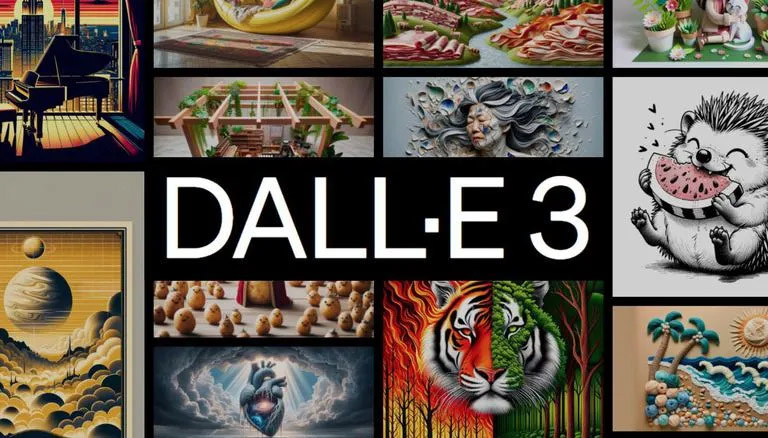The update for OpenAI’s image generation AI algorithm DALL-E has been announced with some major new features. This includes its integration with ChatGPT, OpenAI’s popular AI chatbot, to streamline the process of creating images while using the ChatGPT prompts, adding more value to OpenAI’s generative AI ecosystem.
Cutting-edge AI image generation tools such as DALL-E 3 rely on prompts, and descriptions of images, to generate various styles of artwork, from photorealistic to fantastical. However, crafting the perfect description for curating an image can be challenging, leading to the rise of "prompt engineering" as a profession.
DALL-E 3 integrates ChatGPT to assist in refining the user prompts. The subscribers of OpenAI’s premium ChatGPT plans, ChatGPT Plus and ChatGPT Enterprise can now request an image and further specify it through conversations with the chatbot, receiving the results directly within the chat application. With this update, the new DALL-E 3 will resemble the leading AI image generator Midjourney’s user interface in which you can also tweak images using follow-up prompts.
ChatGPT can enhance prompts, even those just a few words long, by making them more descriptive, offering additional guidance to the DALL-E 3 model.
Better image quality and safer image generation
Besides ChatGPT integration, DALL-E 3 stands out with improved image quality that aligns more accurately with the given prompts, especially for longer prompts. It also shows better handling of challenging content for image generation, such as text and human hands. Generative AIs usually have a hard time generating images of human hands due to their complexity and the wide range of possible shapes, sizes, and positions they can take.
Additionally, DALL-E 3 incorporates new mechanisms to minimise algorithmic bias and enhance safety. For instance, it rejects requests for images in the style of living artists or depicting public figures.
Artists can opt out of training future DALL-E models
Another major update to the DALL-E 3 is that now artists have the option to opt out of using their artwork, partially or entirely, to train future generations of OpenAI text-to-image models. This particular update can be seen in light of the latest development under which a group of renowned authors, including John Grisham and Jonathan Franzen, are taking legal action against OpenAI, expressing concerns about AI’s impact on creative industries.
Over a dozen authors have filed a lawsuit, alleging that OpenAI’s ChatGPT chatbot infringes on their copyrights by using their books for training. The lawsuit, supported by the Authors Guild, argues that ChatGPT can generate "derivative works" mimicking and summarising their books, posing a potential threat to the authors’ market without compensation or notification from OpenAI.
Increasing competition from other AI models
The introduction of DALL-E 3 comes amidst intense competition in the generative AI domain, particularly in image synthesis. Competitors like Midjourney and Stability AI are continually refining their image-generating models, prompting OpenAI to keep pace with advancements.
This update will add to the overall value proposition of ChatGPT’s ecosystem in competing with generative text AIs such as Google’s Bard. The update will enable OpenAI to package all its services in the same basket and offer more comprehensive services to the users.
OpenAI plans to release DALL-E 3 to premium ChatGPT users in October, followed by research labs and API customers. However, there is no mention of whether or when a free web tool will be released, similar to the approach taken with DALL-E 2 and the original DALL-E model.


